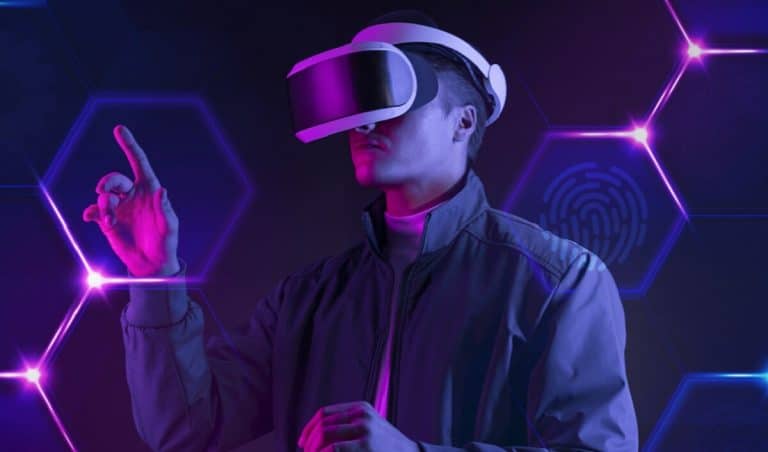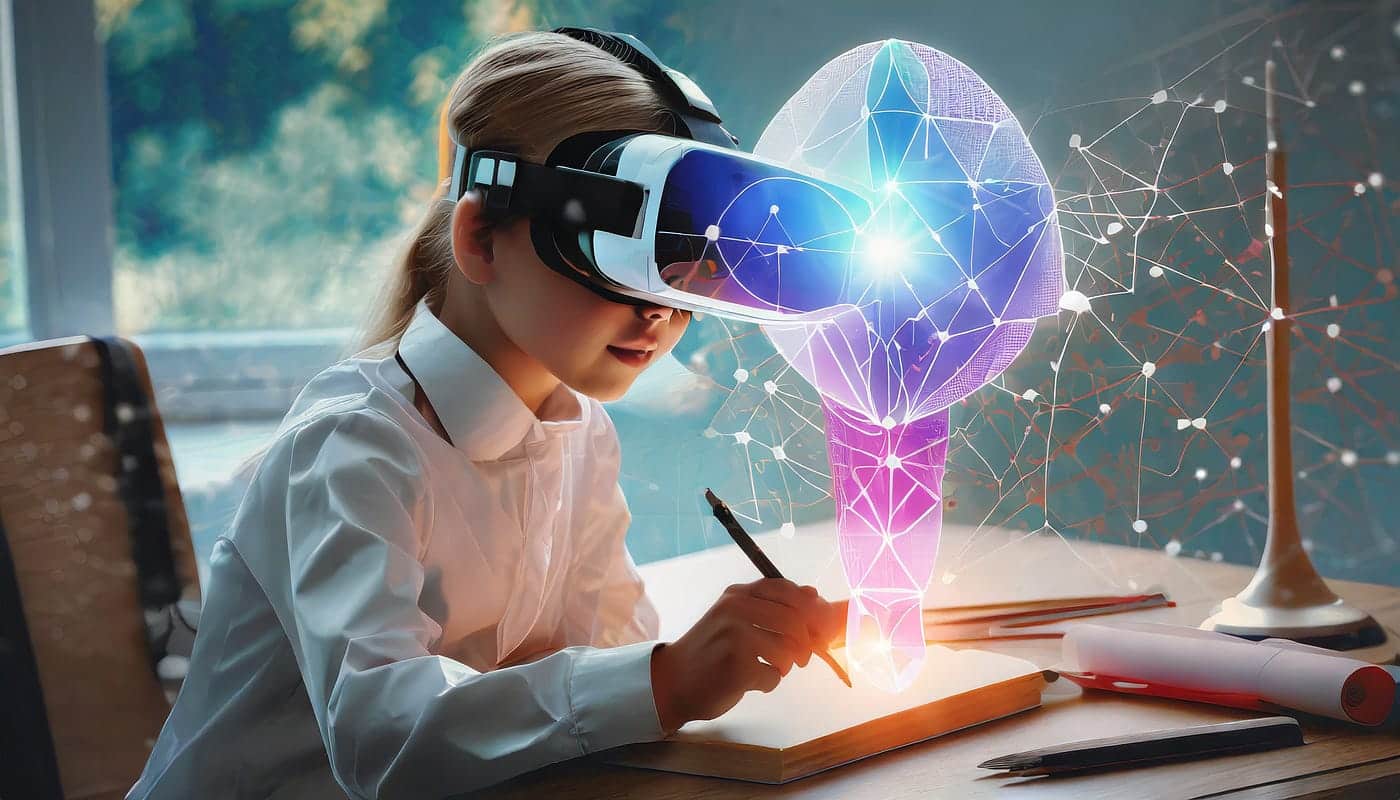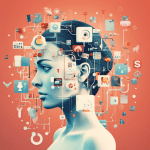Augmented Reality (AR) has transitioned from a futuristic concept into a practical technology that is reshaping how we interact with our environment. Unlike virtual reality, which immerses users in a completely digital world, AR superimposes digital elements onto the real world, enhancing our perception and interaction with our surroundings.
This technology uses devices such as smartphones, tablets, and AR glasses to project digital content seamlessly onto the physical world, creating a blended experience that is both engaging and informative.
The mechanics of AR involve sophisticated algorithms and sensors that track the user’s environment in real-time, allowing for precise and context-aware digital overlays. These overlays can include anything from simple text and graphics to complex 3D models and animations.
As AR technology becomes more advanced and accessible, its applications are expanding into diverse fields, including education, healthcare, retail, and entertainment. The integration of AR into everyday life is set to revolutionize the way we interact with the world, making information more accessible and experiences more immersive.
AR’s potential is immense, and its applications are only limited by our imagination. From enhancing learning experiences to providing real-time assistance in various industries, AR is poised to become a fundamental component of our digital lives.
Whether through advanced AR apps that transform everyday tasks or immersive experiences in gaming and education, the technology is continuously finding new and innovative uses. As we continue to explore the possibilities of this technology, it is essential to consider both its current applications and future potential, ensuring that AR is developed in ways that benefit society as a whole.
Additionally, AR applications are changing the way we interact with the digital world. As highlighted in a recent blog post on Designity’s website, AR apps are revolutionizing various sectors by enhancing user engagement and providing immersive experiences.
These apps, which span from gaming to education and beyond, are showcasing the vast potential of AR technology and its ability to transform everyday activities. By integrating AR into their strategies, businesses and developers are pushing the boundaries of what is possible, creating new and exciting ways for users to interact with digital content.
AR in Everyday Life
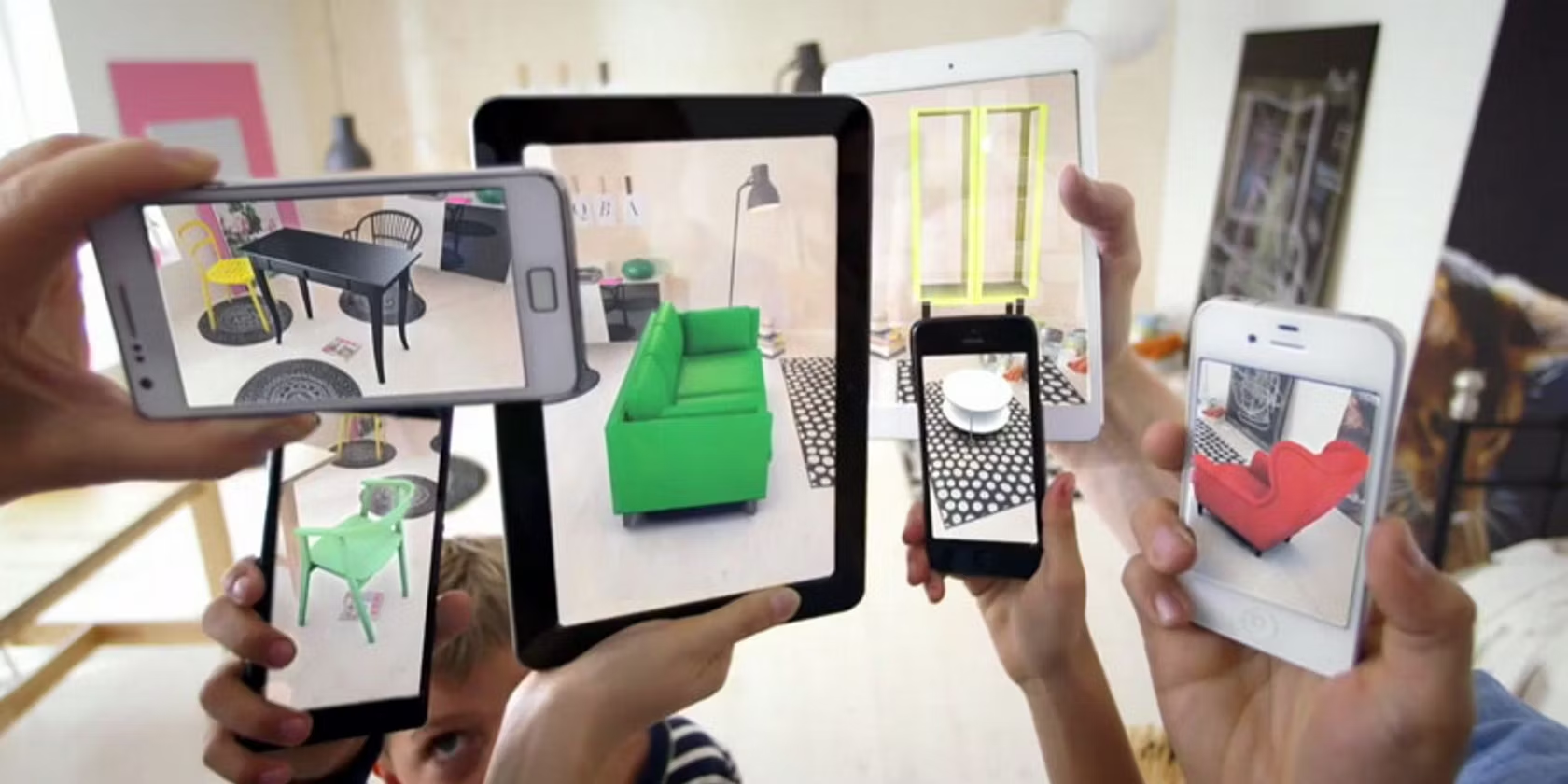
This not only provides a convenient and personalized shopping experience but also reduces the need for physical inventory and space, making it a cost-effective solution for retailers.
Furthermore, AR can help customers visualize how products, such as furniture or home decor, will look in their own homes, thereby reducing the uncertainty and hesitation often associated with online shopping.
Social media platforms have also embraced AR, with features such as filters and lenses that allow users to augment their photos and videos with playful and creative elements. These AR features have become immensely popular, driving user engagement and retention.
For instance, platforms like Instagram and Snapchat use AR to offer a variety of filters that can change a user’s appearance or add interactive elements to their content. This use of AR not only enhances the user experience but also provides new opportunities for brands to engage with their audience in innovative ways.
Transforming Education and Training
AR’s impact on education is profound, offering new ways to engage students and enhance learning outcomes. By creating immersive and interactive learning environments, AR makes complex subjects more accessible and enjoyable.
For example, AR can bring historical events to life by overlaying digital reconstructions onto real-world locations, allowing students to explore history in a more tangible and engaging way.
Similarly, science and engineering students can benefit from AR by visualizing abstract concepts, such as molecular structures or engineering designs, in 3D, which can significantly enhance their understanding and retention of the material.
Incorporating AR into corporate training programs also presents numerous benefits. AR can simulate real-world scenarios, providing employees with hands-on training experiences without the associated risks.
This is particularly valuable in industries where mistakes can be costly or dangerous, such as aviation, manufacturing, and healthcare. For instance, pilots can use AR to practice emergency procedures in a safe and controlled environment, while factory workers can learn to operate complex machinery through AR simulations.
This type of training not only improves skill acquisition and retention but also reduces the need for expensive and time-consuming in-person training sessions.
Remote learning is another area where AR is making a significant impact. By enabling interactive and immersive educational experiences, AR can bridge the gap between traditional classroom learning and remote education.
Students in remote or underserved areas can access high-quality educational resources and participate in virtual field trips, making learning more inclusive and equitable. Moreover, AR can facilitate collaborative learning by allowing students to work together in a shared virtual space, regardless of their physical location.
This democratization of education through AR has the potential to create a more level playing field, providing all students with equal opportunities to succeed.
Enhancing Healthcare
The healthcare sector is experiencing a transformation with the integration of AR technology, offering new ways to improve patient care and medical training. Surgeons can utilize AR to overlay digital images onto a patient’s body during surgery, providing enhanced precision and reducing the risk of errors.
This real-time guidance is particularly beneficial in complex procedures, where every millimeter counts. For example, AR can help surgeons visualize the exact location of tumors or blood vessels, improving their ability to perform delicate operations with greater accuracy and confidence.

For instance, medical students can use AR to explore 3D models of the human anatomy, allowing them to study and interact with different body systems in a more engaging and hands-on manner. This type of training is invaluable in preparing future healthcare professionals for real-world scenarios, enhancing their skills and confidence before they enter clinical practice.
AR is also playing a role in patient education and therapy. By providing interactive and visual explanations of medical conditions and treatments, AR can help patients better understand their health and make informed decisions about their care.
For example, a doctor can use AR to show a patient how a particular treatment will affect their body, making complex medical information more accessible and easier to comprehend.
Additionally, AR-based therapeutic applications, such as exposure therapy for anxiety and PTSD, can provide patients with immersive experiences that help them manage their conditions more effectively. By integrating AR into healthcare, we can improve both the quality of care and the patient experience.
AR in Business and Marketing
Businesses are increasingly leveraging AR to enhance their marketing strategies and improve customer engagement. AR enables companies to create interactive and immersive advertisements that capture consumer attention and drive brand loyalty.
For instance, an AR-enabled billboard can provide passersby with engaging content that they can interact with using their smartphones, creating a memorable and personalized brand experience. This type of marketing not only stands out in a crowded advertising landscape but also provides valuable data on consumer interactions and preferences.
The real estate industry is also benefiting from AR technology. Potential buyers can take virtual tours of properties, allowing them to explore different layouts and designs without having to visit in person. This is particularly useful in the early stages of the home-buying process, where buyers can narrow down their options before committing to a physical visit.
Additionally, AR can help buyers visualize how their furniture and decor will look in a new space, providing a more accurate and personalized view of the property. This reduces the uncertainty and enhances the overall buying experience, making it easier for buyers to make informed decisions.
In the context of product demonstrations and training, AR offers businesses a powerful tool to showcase their products and services. Companies have used AR to demonstrate their capabilities and engage clients in innovative ways.
By providing immersive and interactive experiences, AR allows potential clients to see the full potential of a product or service, leading to higher conversion rates and customer satisfaction. As AR technology continues to evolve, businesses will find even more creative and effective ways to use it in their marketing and customer engagement strategies.
Overcoming Challenges
Despite the promising potential of AR, several challenges must be addressed to ensure its widespread adoption and success. One of the primary concerns is privacy, as AR applications often require access to a user’s location and environment.
Ensuring that this data is protected and not misused is crucial for gaining and maintaining user trust. Companies must implement robust security measures and transparent data policies to address these concerns, providing users with confidence in the safety and integrity of their AR experiences.
The cost and accessibility of AR technology also pose significant challenges. While AR has the potential to democratize access to information and services, the high cost of AR-enabled devices may limit access for lower-income individuals and communities.
To ensure that the benefits of AR are equitably distributed, it is essential to develop affordable and user-friendly AR solutions that can be widely adopted. This may involve partnerships between technology companies, governments, and non-profit organizations to create initiatives that promote AR accessibility and digital inclusion.
Another challenge is the potential for AR to create a digital divide between those who have access to advanced technology and those who do not. As AR becomes more integrated into various aspects of life, it is important to ensure that its benefits are accessible to all, regardless of socioeconomic status. Addressing these challenges requires a concerted effort from industry leaders, policymakers, and community organizations to create inclusive AR solutions that benefit everyone.
The Future of AR
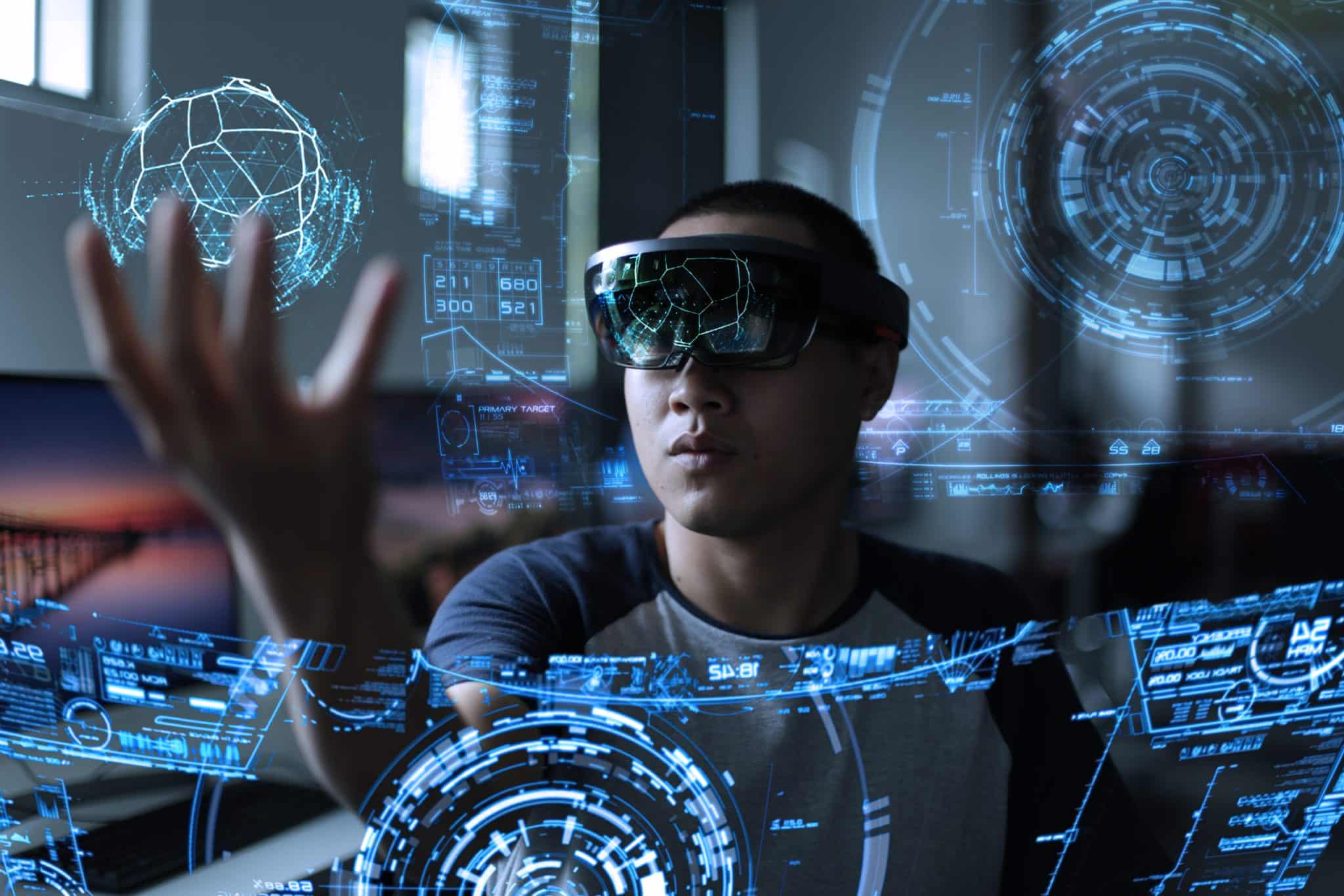
These advancements will enable more immersive and interactive AR experiences, making it easier for users to integrate AR into their everyday activities. As AR becomes more prevalent, its applications will continue to expand, offering new opportunities for innovation and growth in various industries.
The development of 5G technology will further enhance AR experiences by providing faster and more reliable connectivity. This will enable more complex and real-time AR applications, from multiplayer gaming to remote collaboration tools.
The convergence of AR with other emerging technologies, such as artificial intelligence and the Internet of Things, will unlock new dimensions of functionality and interactivity.
For instance, AI can enhance AR experiences by providing real-time data analysis and contextual information, while IoT can enable AR applications to interact with smart devices and environments, creating a more connected and responsive user experience.
The potential of AR to redefine human-computer interaction is particularly exciting. As AR interfaces become more intuitive and natural, they could replace traditional screens and input devices, creating a more immersive and integrated digital experience.
Imagine a world where virtual screens and controls appear wherever needed, allowing users to interact with digital content in a more fluid and seamless manner. This could transform how we work, learn, and entertain ourselves, making digital interactions more efficient and engaging.
Furthermore, AR has the potential to enhance social interactions by bridging the gap between physical and digital communication. Virtual meetings could be enhanced with AR to make participants feel as though they are in the same room, fostering a greater sense of presence and connection.
Social media platforms could use AR to create more immersive and interactive experiences, allowing users to share and interact with content in new and exciting ways. As AR technology continues to evolve, it will undoubtedly open up new possibilities for social and professional interactions, making our digital lives richer and more connected.
Final Thoughts
Augmented Reality is poised to revolutionize the way we interact with the world, offering new possibilities for enhancing our daily lives, transforming industries, and driving innovation.
From retail and social media to education, healthcare, business, and entertainment, AR’s applications are vast and varied, providing numerous benefits and opportunities. As the technology continues to advance and become more accessible, its impact will only grow, shaping the future of digital interaction in profound ways.
While challenges remain, particularly in terms of privacy, accessibility, and the potential for digital divides, the benefits of AR are immense. By addressing these issues proactively and ensuring that AR is developed in a way that is inclusive and equitable, we can harness its full potential to improve our lives and create a more connected and interactive world.
The future of digital interaction is bright, and AR is at the forefront of this exciting evolution, ready to transform how we see and interact with the world around us.

